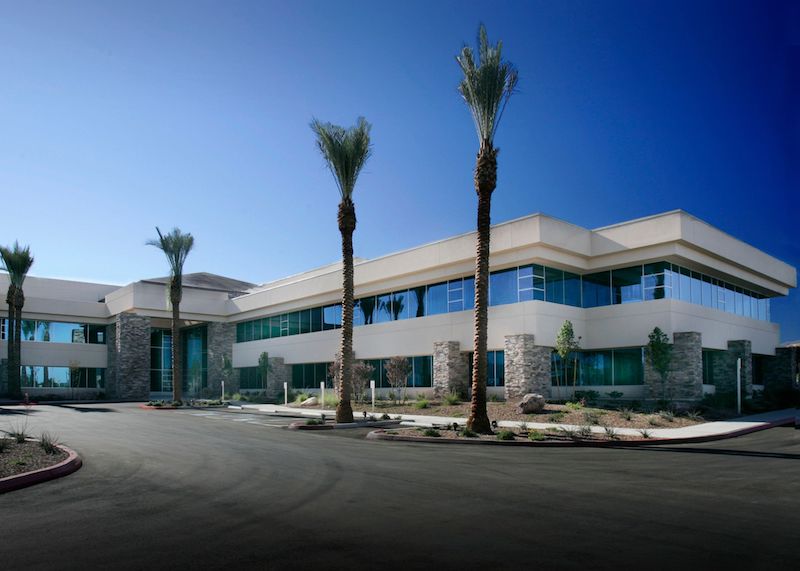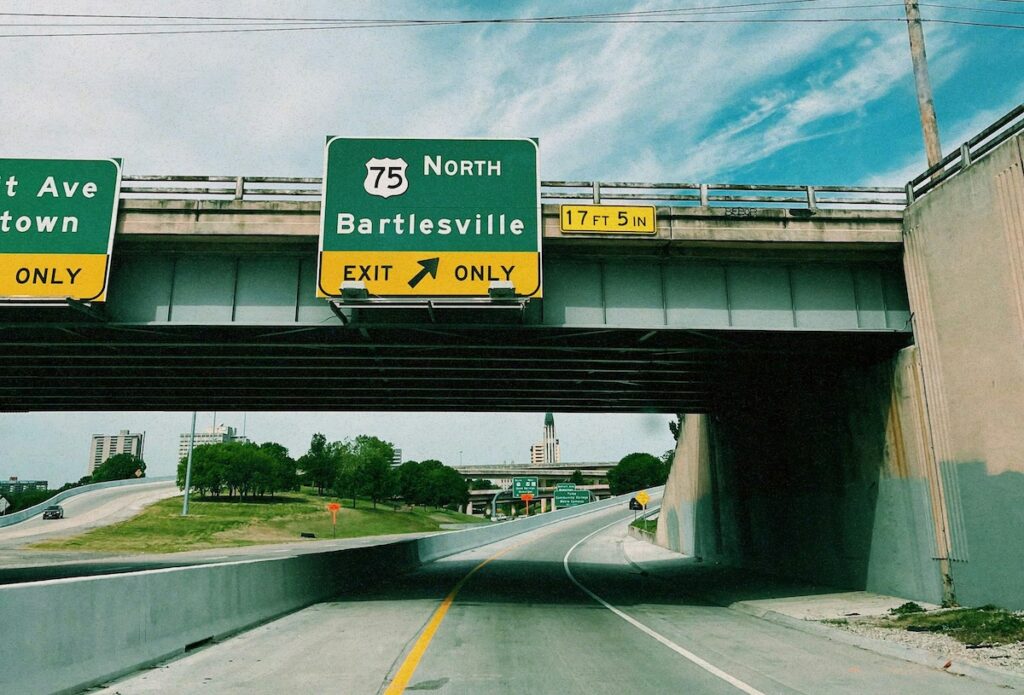The owner/user concept really took off back in the late 1970’s when the development business model shifted to more of a “merchant” format, whereby buildings were sold as they were built to business owners in order to book immediate profit, rather than being leased up and sold as leased investments to third parties.
In a way, the whole thing started out of necessity, particularly by Dunn Properties, the development arm of Pacific Lighting, when it ran into trouble getting their projects leased up. Typically, the firm pre-sold its projects to investor groups, offering a rent guarantee during an initial lease-up period, usually about a year. That way, the project could be sold and profits could be booked immediately when construction was completed. When things were going well, the buildings leased up quickly, further enhancing profitability. But when leasing activity bogged down during an economic downturn (think oil embargo and gas lines), Dunn’s business model suffered.
New management was engaged and the firm came up with a new strategy to sell individual buildings directly to business owners with financing pre-arranged through a single lending source. Down payments were set as low as 15% and monthly mortgage payments were on par with market lease rates. So, for those who had the cash to put down, it was a no-brainer. They fixed the long term occupancy costs for their companies and started to enjoy the many benefits of property ownership for themselves.

Now, back in those days, the typical owner/user exit strategy was to keep the building until retirement, sell the business to a third party and then lease the building to the new owners to generate retirement income. The other major option was to sell both the building and the business together at a packaged premium. Slick ideas that made a lot of sense at the time. But for most owners, it didn’t work out either way because, as it turned out, the value of their businesses did not keep pace with their expectations, but the value of their buildings increased beyond their wildest dreams.
Generally speaking, an owner/user is a single location business owner, run by one or more family members. Thus, the success of the business is very dependent on the actions of just a few people who run things their own way, which can make valuing that business for sale to a third party very difficult, unlike a franchised operation whose value is underwritten on the proven business model developed by the franchisor. So, the value of the business is very dependent on specific persons who will be retired from the operation after the sale takes place. In fact, the value of many businesses may fall to zero once the founder and principal operator is no longer involved. Through the years, we have helped dispose of real estate assets for many owner/users who have just closed up shop when they retired.
We share all this to highlight the importance of knowing what all your assets are worth, at all times, including a reasonable estimate of the value of your business. You may be sitting on a gold mine if your company is a key player in a growth industry. If not, then a sale of your business may produce a result that falls short of your expectations in terms of funding your retirement as planned. So, we recommend that you engage the services of a specialist in valuing businesses in your industry, just as you might engage us to provide you with an opinion of value for your industrial property. Armed with both of those critical numbers, you will be in better position to optimize your retirement path and perhaps discover options you didn’t know existed along the way.

A quick example: we know many business owners reaching retirement age who continue to work full time in industries that have low growth rates and who face significant challenges including rising operating costs, foreign competition and heavy regulation. Their revenues have plateaued, yet they remain profitable enough to maintain their current lifestyles. They were also wise enough to have invested in the purchase of their facility, some as far back as the 1980’s, and have enjoyed watching their equity in those properties skyrocket over time. Most have paid off their mortgages and are sitting on millions of dollars in equity, even if they own a building as small as 5,000 square feet.
In many of these cases, just the income generated by renting their own buildings to another business, or by exchanging into another income-producing asset, turns out to be a multiple of the profit they earn from running their businesses each year. So, they could effectively make more by retiring than by continuing to work if the enormous equity in their building is put to productive use. A typical 10,000-square-foot building in Anaheim with no mortgage to service would generate over $180,000 in net annual rental income under current leasing conditions. That same building would sell today for over $4,000,000, and could be exchanged into a low-risk single-tenant-net-leased investment and produce $200,000 or more in net income pursuant to a long-term lease with a credit tenant.

So, if you do not have a fully up-to-date strategy for retirement that includes a complete understanding of all your assets, it is time you get started on it. Times are uncertain enough in terms of things we can’t control. Not being prepared for those elements of life that we can control redefines the term ‘unforced error’.
And, the good news is, there is little to no expense for you to become well-informed. For the most part, you will just need to invest a little time in preparing to make some of the biggest decisions of your life. We can help on the real estate side and we would be glad to share what we’ve learned from others just like you.


Leave a Reply
You must be logged in to post a comment.